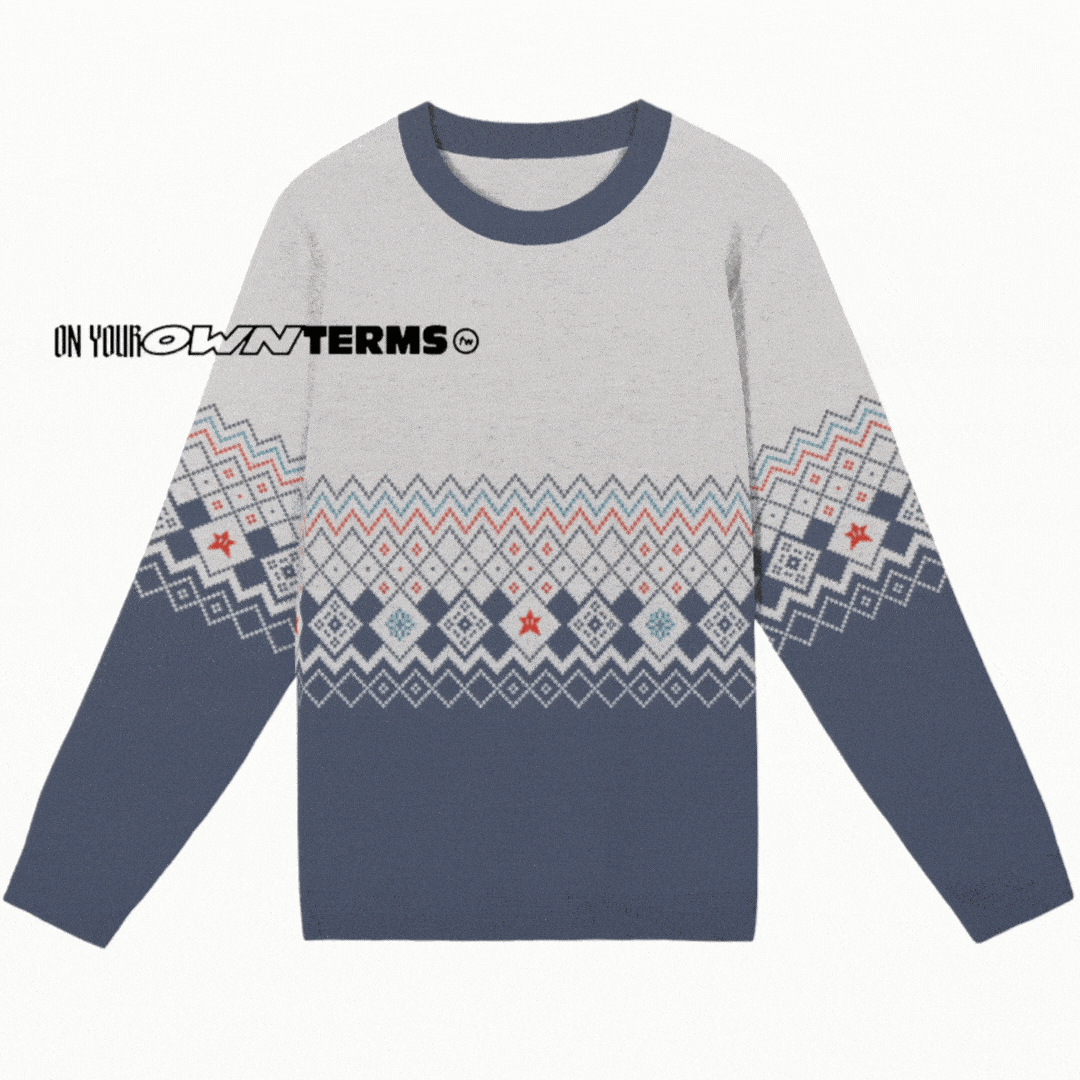From Concept to Craftsmanship: A Comprehensive Guide to Custom Men’s Sweater Manufacturing
The men’s sweater has evolved from a simple knitted garment into a refined wardrobe essential — a versatile blend of warmth, comfort, and timeless style. But what truly goes into creating a high-quality custom sweater for modern brands? The manufacturing process involves far more than knitting yarns together; it’s a precise combination of design, material selection, pattern engineering, and expert craftsmanship.
For apparel brands, understanding this journey is key to achieving both product excellence and production efficiency. This guide walks you through every stage of custom men’s sweater manufacturing — from concept development to quality control — revealing how every stitch contributes to the final piece of premium knitwear.
1. The Design Blueprint: Turning Vision into Knit Reality
The process begins with concept and design. Brands collaborate with designers to define the product’s purpose — casual, luxury, or performance knitwear — along with target markets and style direction. Designers create detailed sketches and tech packs that specify yarn types, gauge (stitches per inch), fit measurements, trims, and finishing details.
A precise tech pack ensures seamless communication between the brand and factory, eliminating production errors and aligning expectations on quality, sizing, and aesthetics.
2. Yarn Selection and Sourcing: The Foundation of Texture and Comfort
In knitwear, yarn is everything. The choice of fiber determines not only the sweater’s softness and breathability but also its drape, warmth, and durability.
Popular Yarn Options for Men’s Sweaters
| Yarn Type | Key Characteristics | Common Use Cases |
| Cotton | Breathable, soft, versatile | Lightweight sweaters, casual wear |
Wool | Natural insulation, moisture control | Winter sweaters, premium knits |
Cashmere | Luxurious, ultra-soft, warm | High-end fashion lines |
| Acrylic | Cost-effective, durable, colorfast | Bulk production, promotiona |
Wool-Blend | Balanced comfort and resilience | All-season wear |
| Recycled Fibers | Sustainable and eco-friendly | Ethical fashion collections |
Ethical sourcing is becoming increasingly important — with many brands turning to organic cotton, RWS-certified wool, or recycled yarns to meet sustainability goals.

3. Pattern Making and Knitting Preparation: Precision in Every Stitch
Once the design and yarn are approved, the next step is pattern making. Using flat pattern drafting or digital knit programming, the garment’s structure is translated into knitting machine data.
For sweaters, accurate gauge control (the density of stitches) is vital to achieve the desired texture, elasticity, and fit. Patterns are also graded for multiple sizes, ensuring proportionate scaling across all measurements.
4. Knitting Process: Where Fabric Takes Shape
In contrast to woven garments, sweaters are made by knitting yarns directly into shape using computerized flat knitting machines (such as Shima Seiki or Stoll).
There are several techniques:
● Full-Fashion Knitting : Panels are shaped on the machine for minimal waste.
● Cut & Sew Knits : Knitted fabric is cut and assembled like woven garments.
● Seamless Knitting : Advanced technology that creates a 3D sweater body in one piece, reducing seams and increasing comfort.
This stage combines technology and craftsmanship — controlling tension, stitch type, and pattern intricacy to ensure consistent quality.
5. Linking and Assembly: The Craft of Joining
After knitting, individual components (front, back, sleeves, collar) are linked together by skilled operators. This process uses a linking machine to join loops stitch by stitch, resulting in clean, flat seams.
For ribbed cuffs, necklines, and hems, additional finishing stitches or reinforcements are added for durability and comfort.
6. Embellishment and Branding: Adding Signature Identity
Before or after assembly (depending on the design), customization takes place. For custom men’s sweaters, branding can include:
● Embroidery : Logos or patterns for a refined look.
● Jacquard Knitting : Complex patterns woven directly into the fabric.
● Appliqué or Patches : For casual or collegiate aesthetics.
● Labeling & Tags : Custom woven labels, care instructions, and hang tags reinforcing brand identity.

7. Washing and Finishing: Enhancing Feel and Fit
Sweaters undergo finishing processes to enhance softness, shape stability, and color fastness. Common treatments include:
● Washing : To remove oils or residues from production.
● Steaming and Blocking : To set the garment’s dimensions and restore shape.
● Anti-Pilling Treatment : Improves surface durability.
● Softening or Brushing : Adds hand-feel luxury, especially for wool or cashmere blends.
Each step contributes to the final tactile and visual appeal of the garment.
8. Quality Control: Maintaining Consistency and Excellence
At every stage, quality checks are performed to ensure flawless craftsmanship. Final inspection focuses on:
● Measurements : Comparing against tech pack specifications.
● Stitch Consistency : Ensuring even tension and no skipped loops.
● Color and Finish : Checking for dye uniformity and proper blocking.
● Defects : Identifying snags, holes, or uneven seams.
Only sweaters meeting the client’s standards proceed to packaging.
9. Pressing, Folding, and Packaging: Ready for the Market
Each finished sweater is carefully pressed or steamed for presentation. Garments are folded according to brand guidelines, packaged with size and care labels, and sealed in protective bags to prevent moisture and dust.
Batch details and barcodes are added for efficient tracking and inventory management.
10. Logistics and Delivery: From Factory to Fashion
The final step involves efficient distribution — whether the order goes to brand warehouses, retail stores, or directly to consumers. Timely delivery and professional packaging ensure that the brand’s quality is reflected from the first unboxing.
Conclusion: The Precision and Passion Behind Every Stitch
From concept sketches to the finished product, the custom men’s sweater manufacturing process is a meticulous blend of artistry, engineering, and dedication. Every decision — from yarn choice to finishing technique — shapes how the garment looks, feels, and lasts.
For brands, partnering with an experienced factory ensures not only aesthetic excellence but also ethical production and reliable supply chains.
Each sweater becomes more than apparel — it’s a statement of comfort, craftsmanship, and brand integrity.


